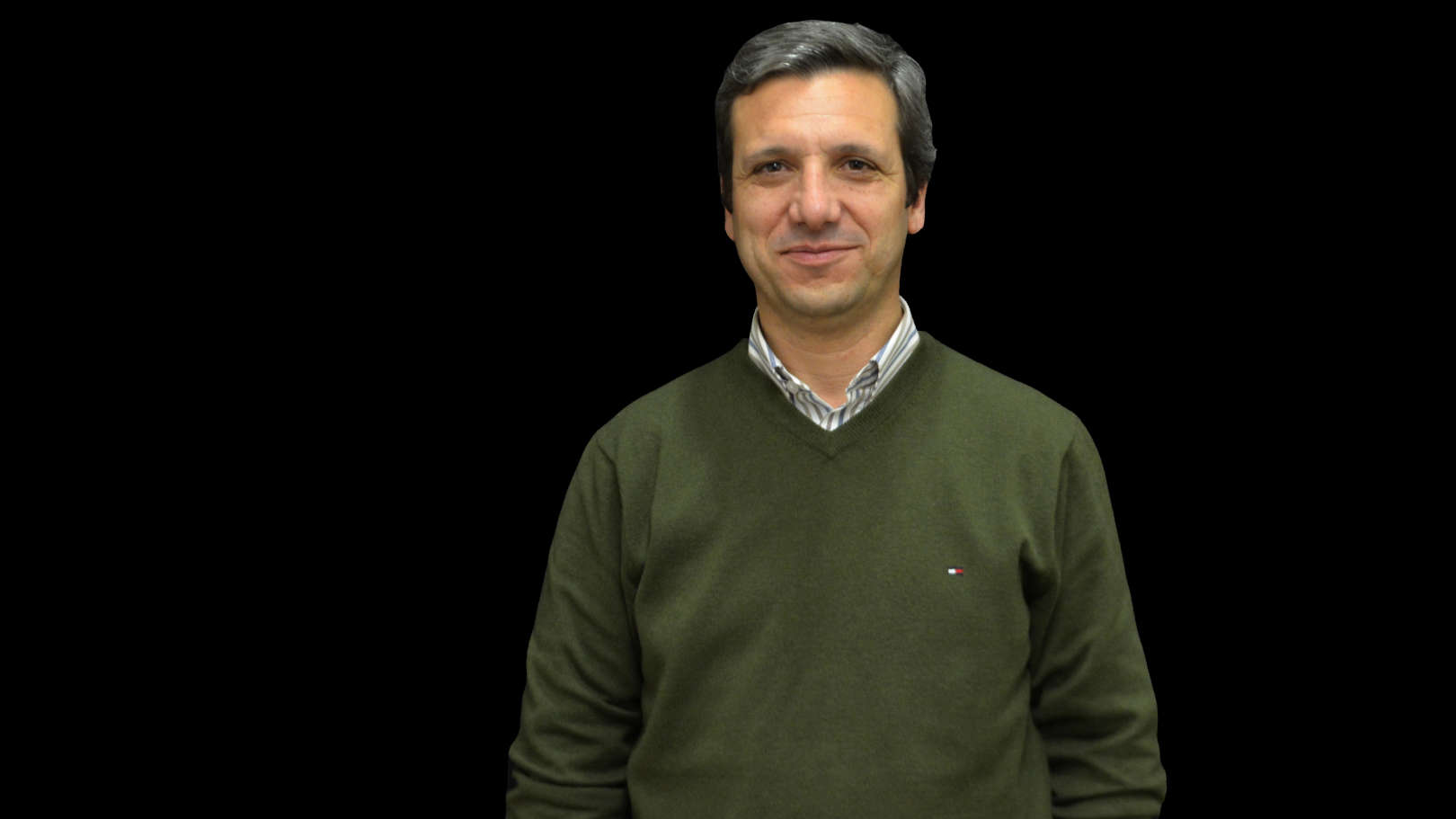About
Manuel Alberto Pereira Ricardo has Licenciatura, M.Sc. and PhD (2000) degrees in Electrical and Computer Engineering (EEC), major of Telecommunications, from the Faculty of Engineering of the University of Porto (FEUP). Manuel Ricardo is currently a full professor at FEUP where he teaches courses on Mobile Communications and Computer Networks at FEUP. He is a member of the Executive Committee of his department (EEC) and member of the Scientific Committee of the Doctoral Program in Electrical and Computer Engineering. At INESC TEC, he coordinated the Wireless Networks area (2001-2011), the Center for Telecommunications and Multimedia (2011-2018), was member of the Board of Directors (2018-2021), and is currently an associate director focused on telecommunications. He created the Portuguese Thematic Network on Mobile Communications (RTCM, 2004). He is a member of the Steering Committee of the ns-3 communications network simulator consortium. He participated in 30+ research projects and has 150+ articles published. His research areas are mobile communications networks, quality of service, radio resource management, network congestion control, traffic characterization and performance assessment.


